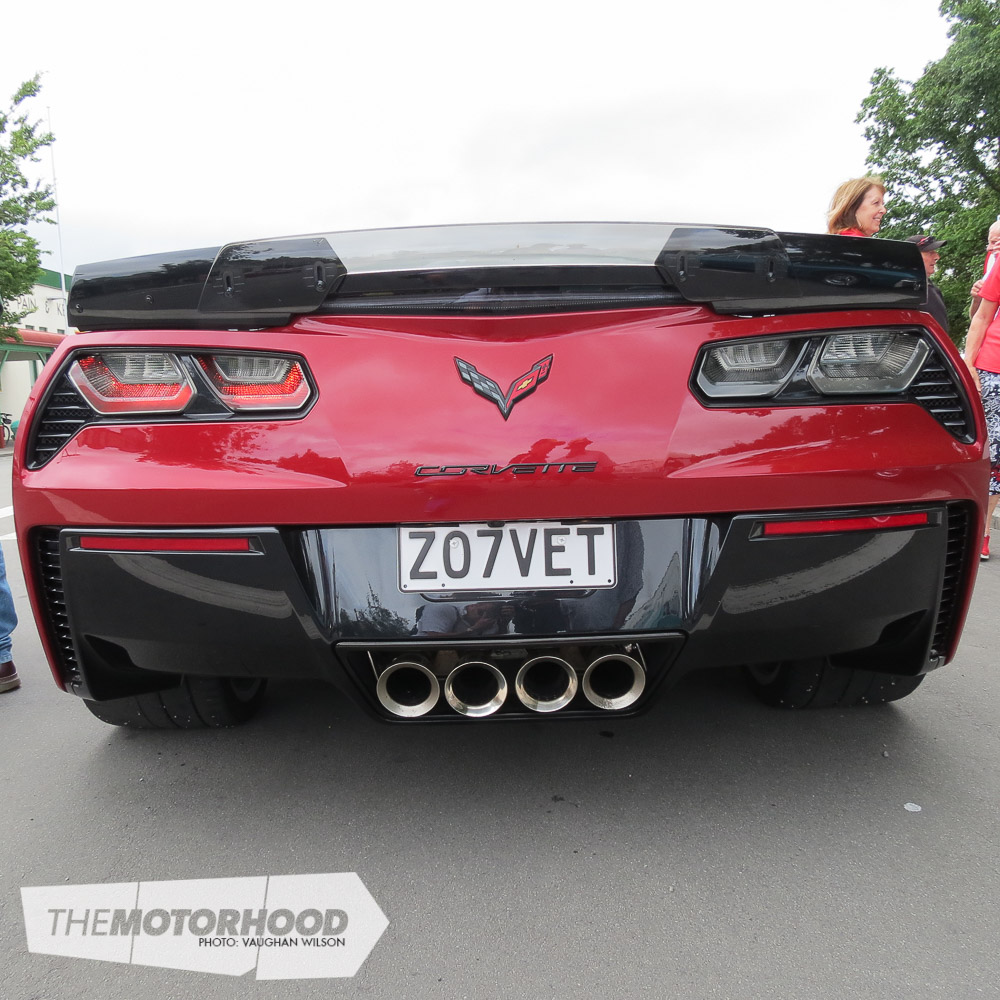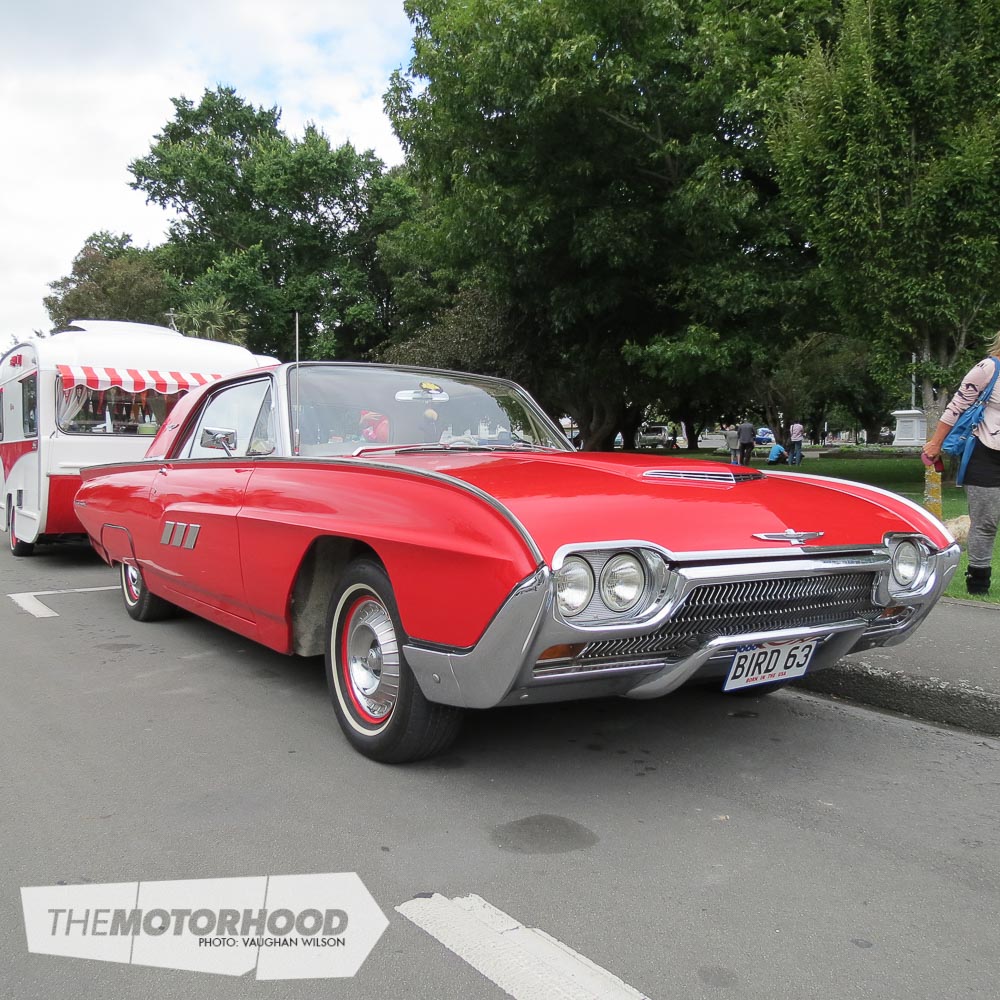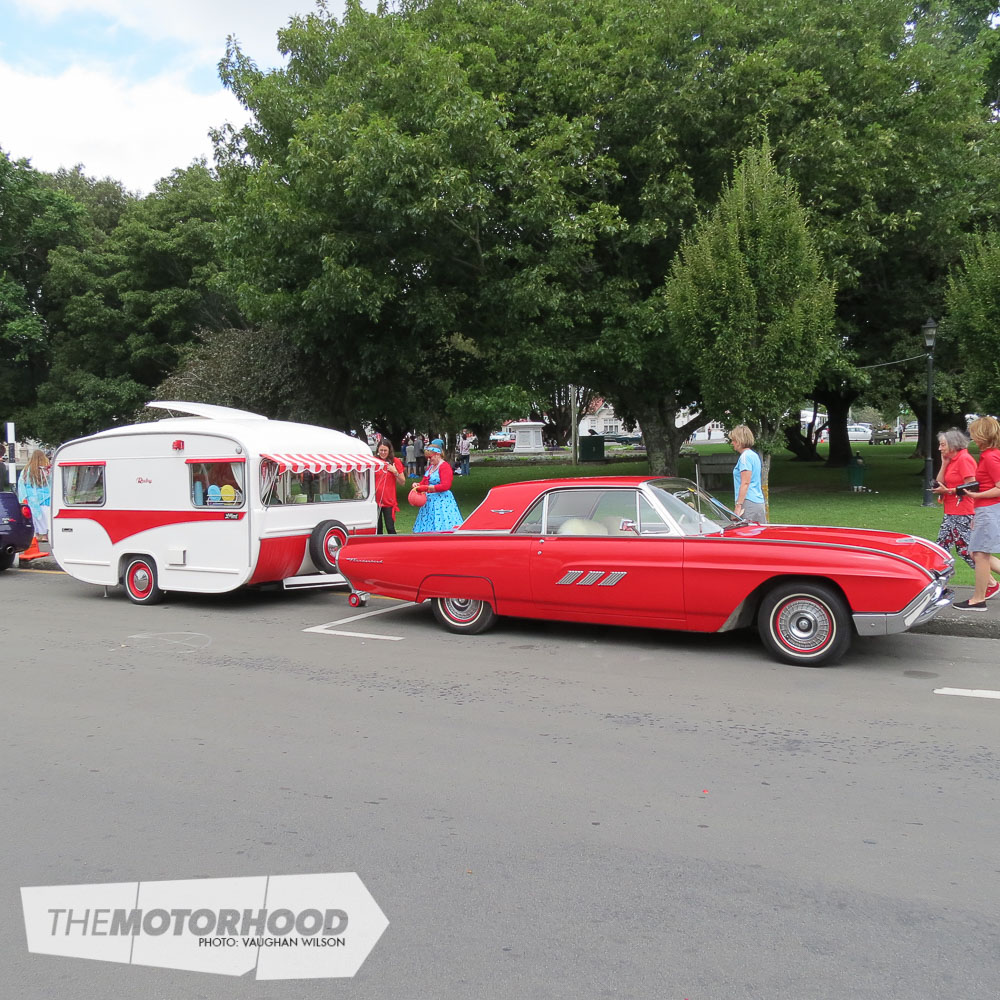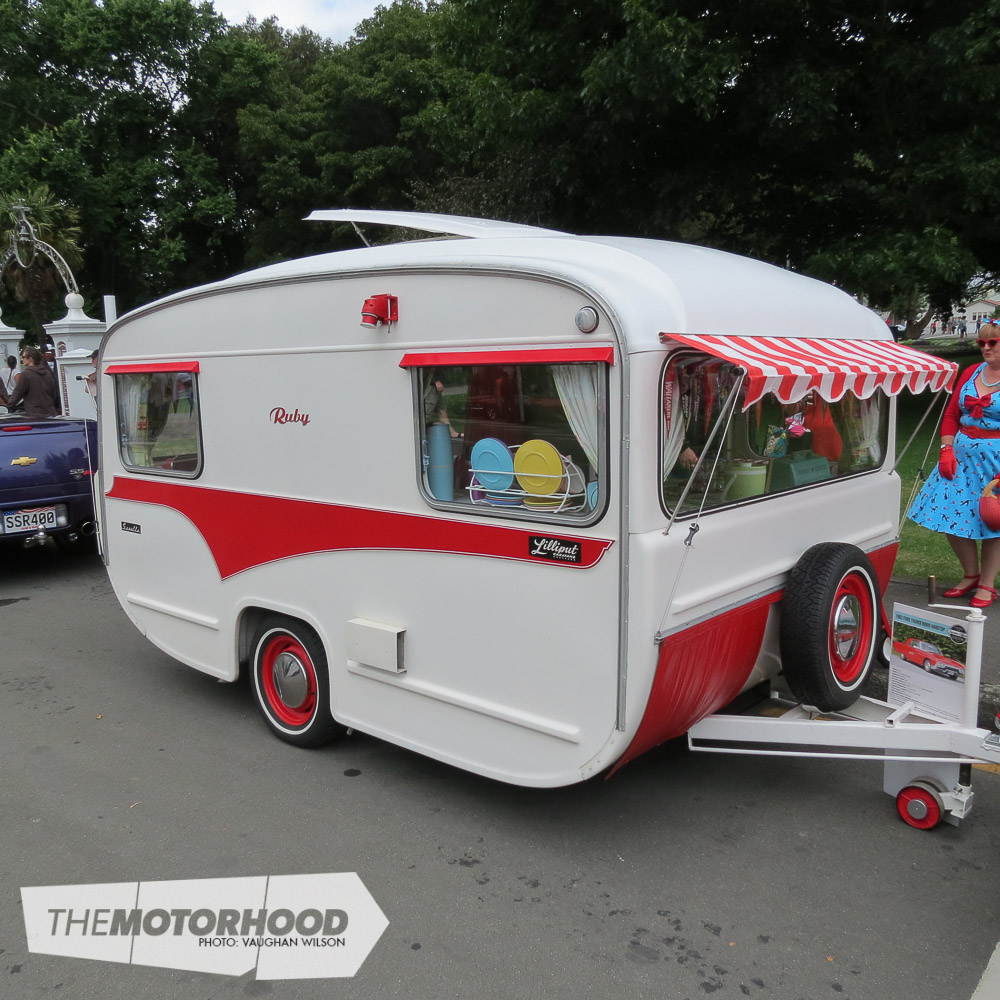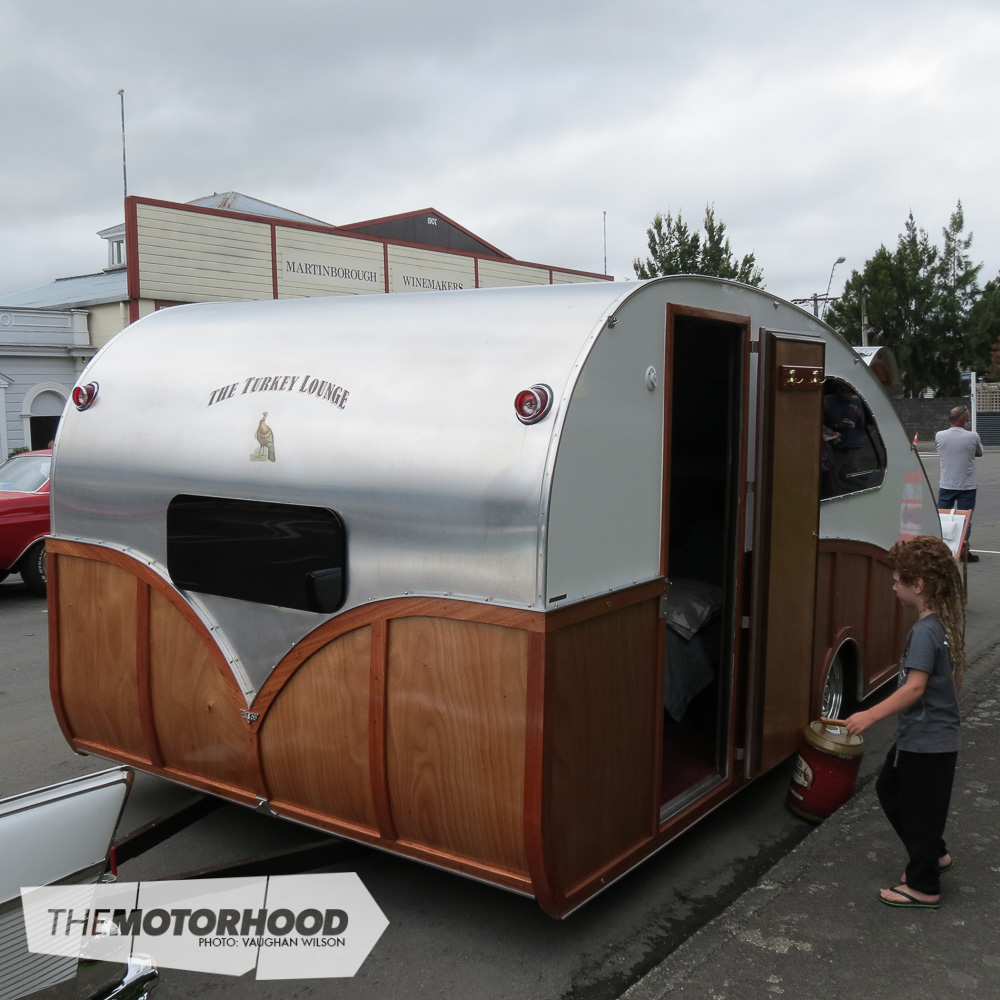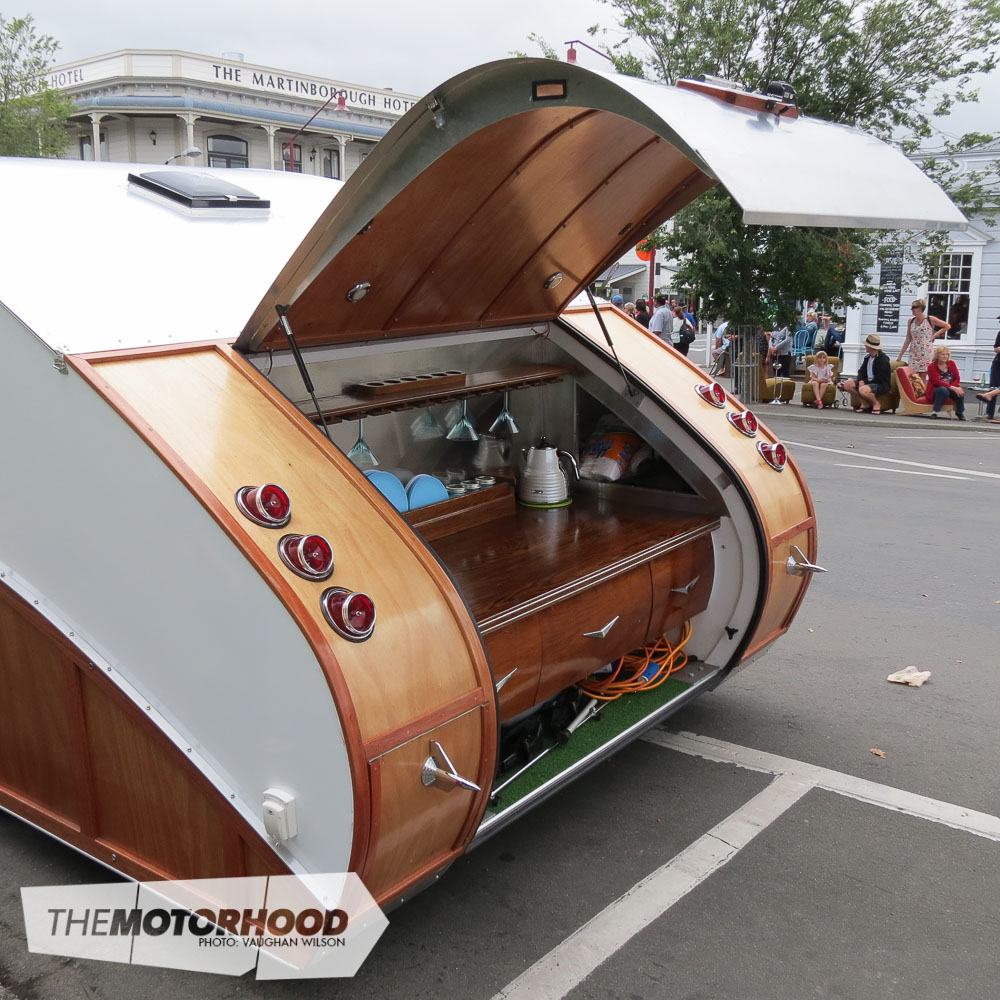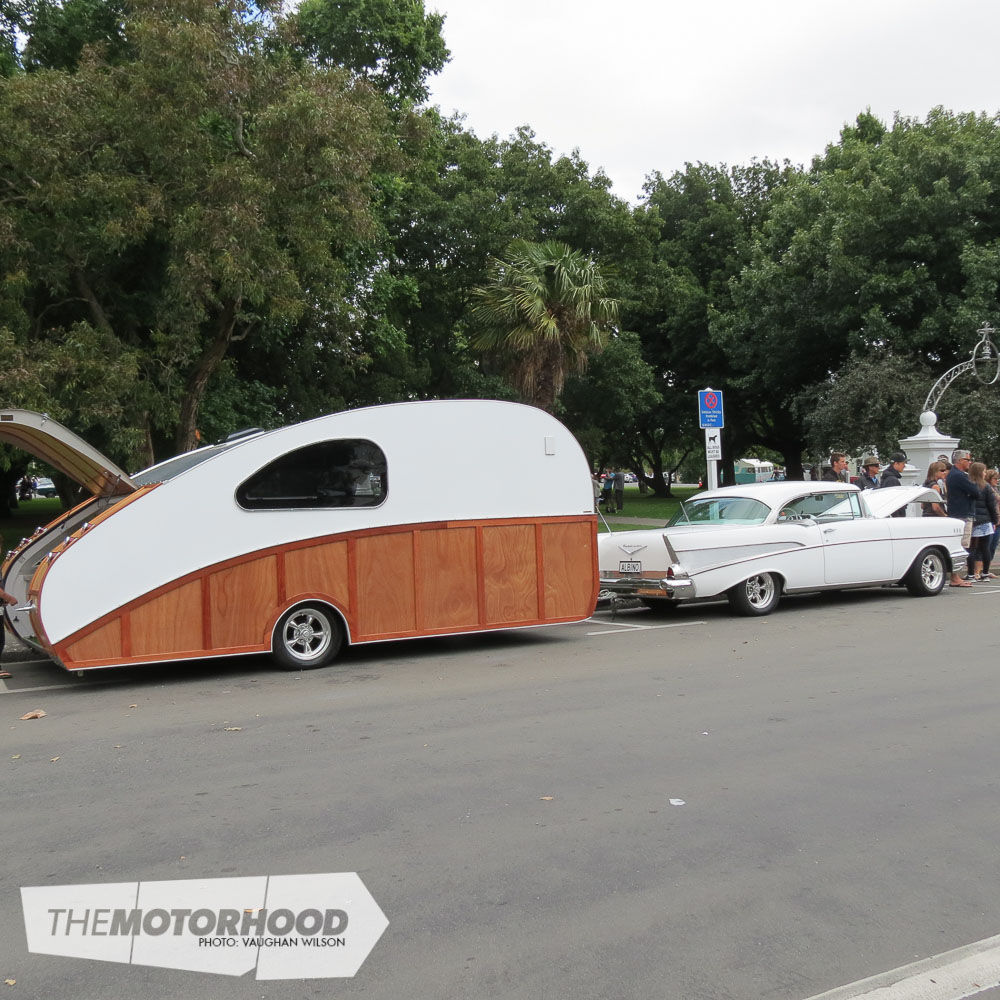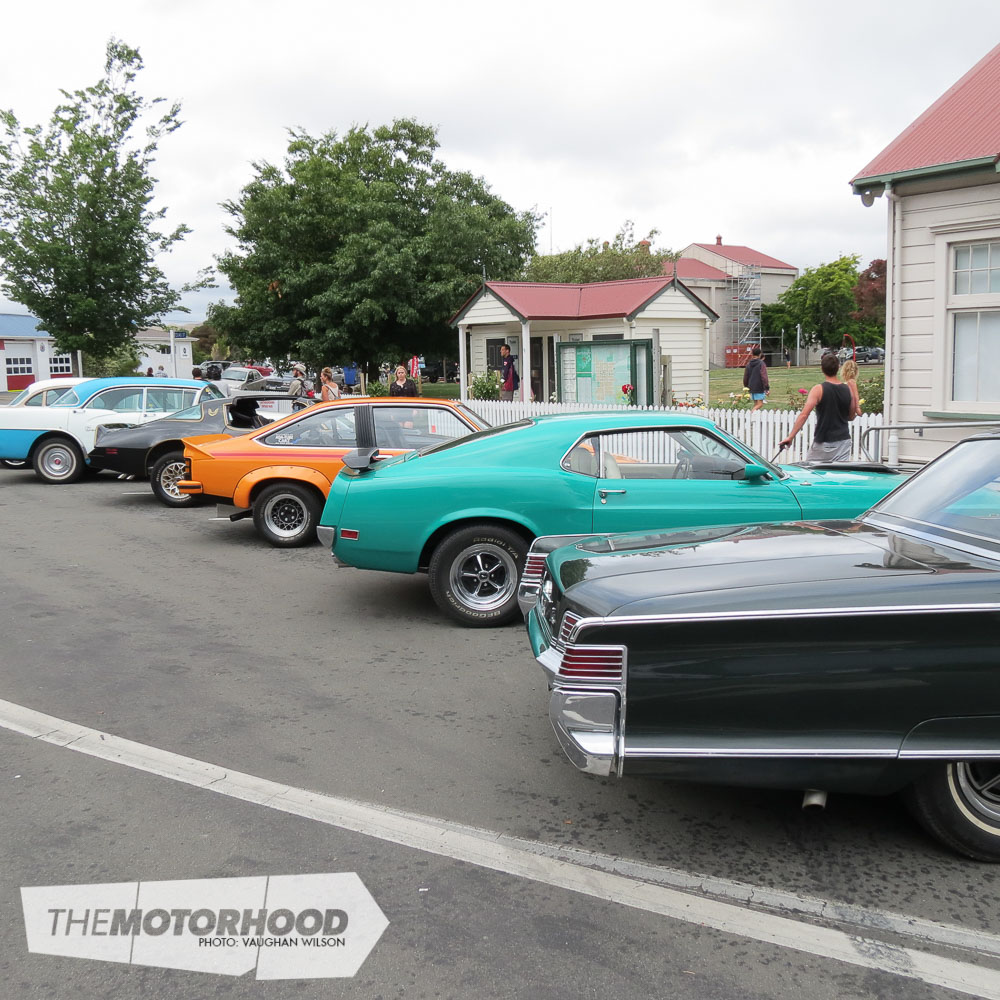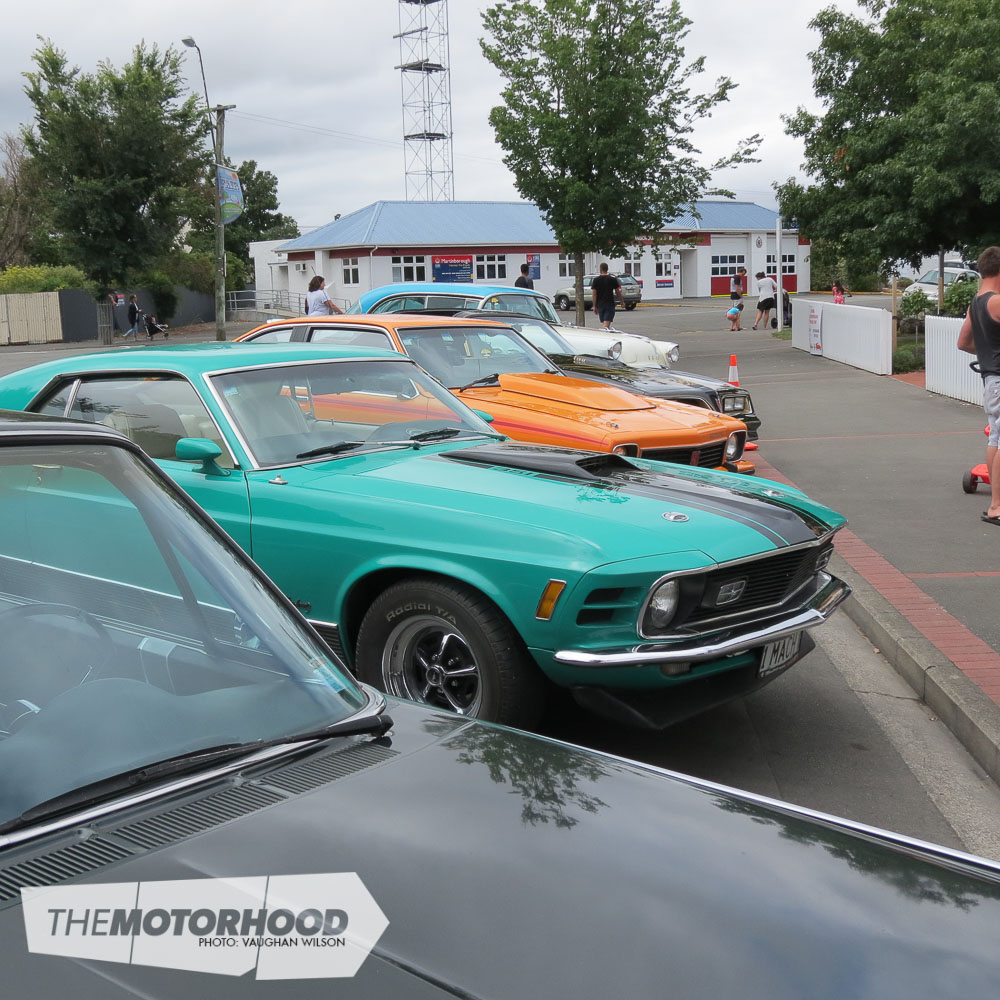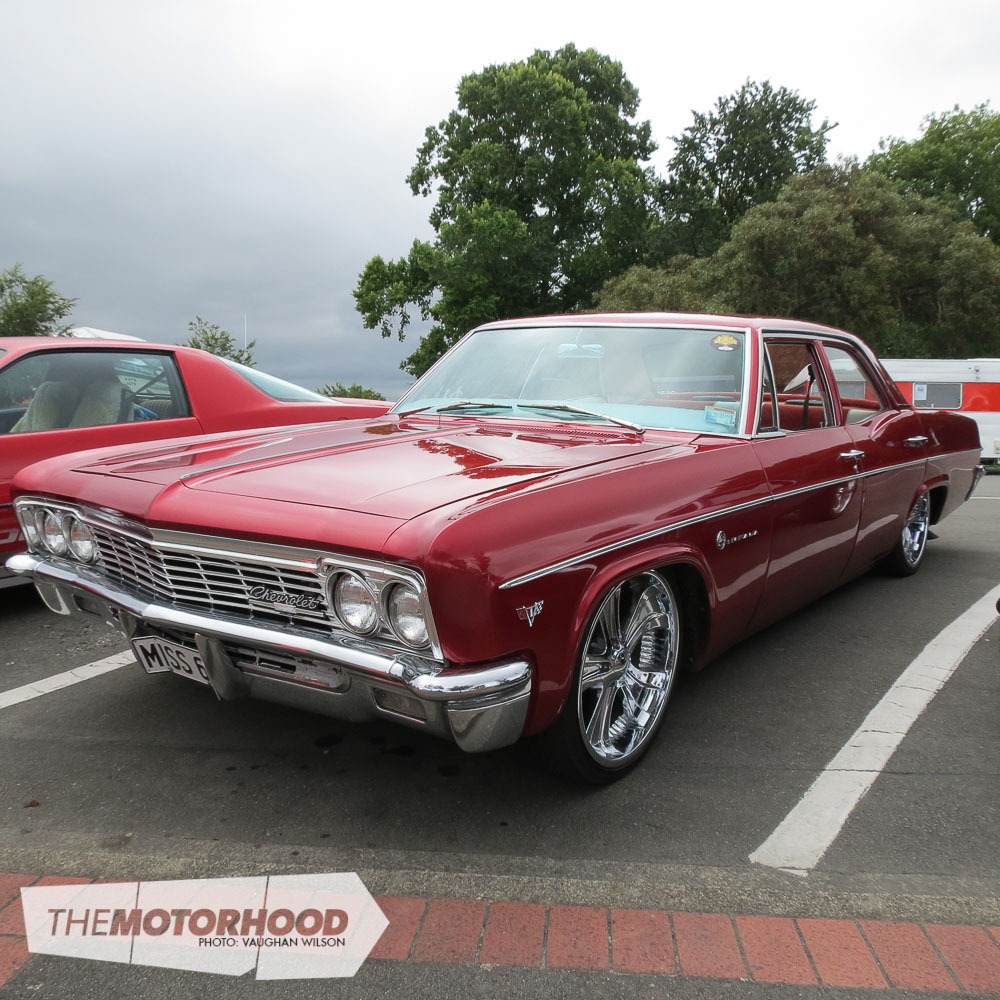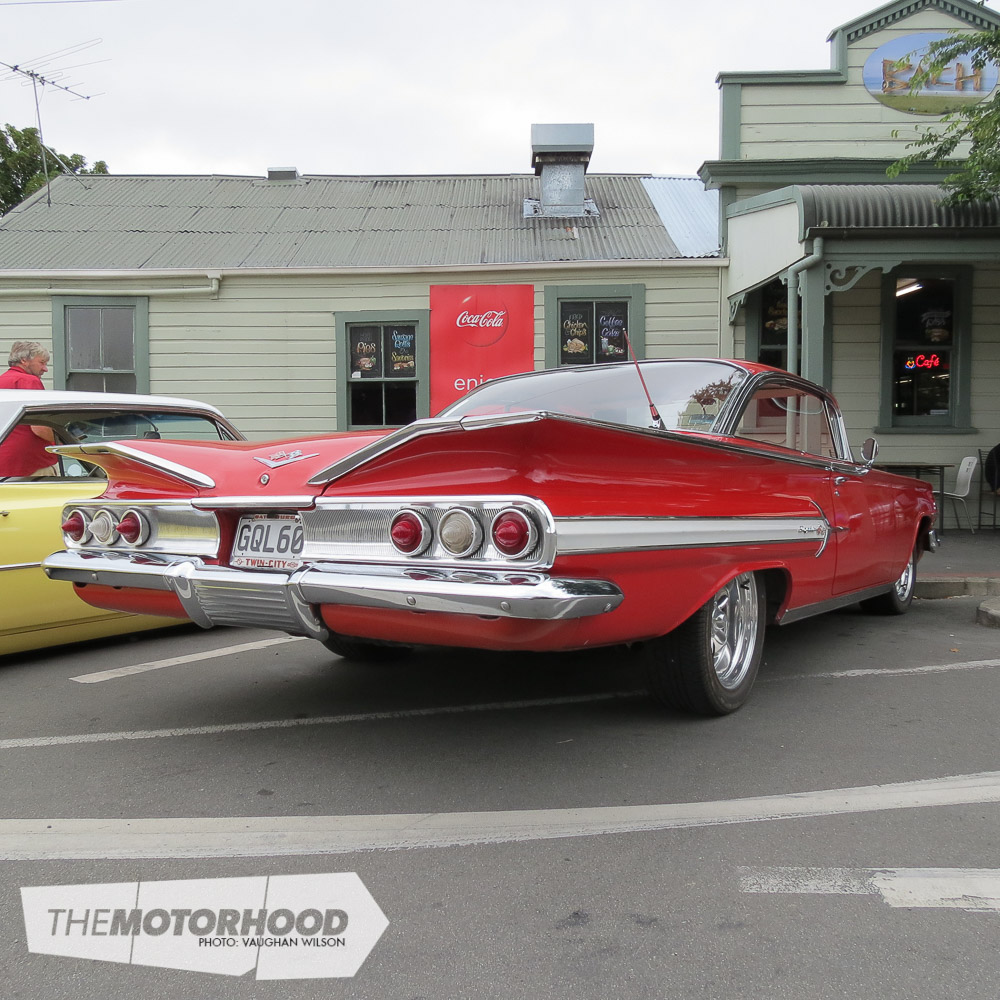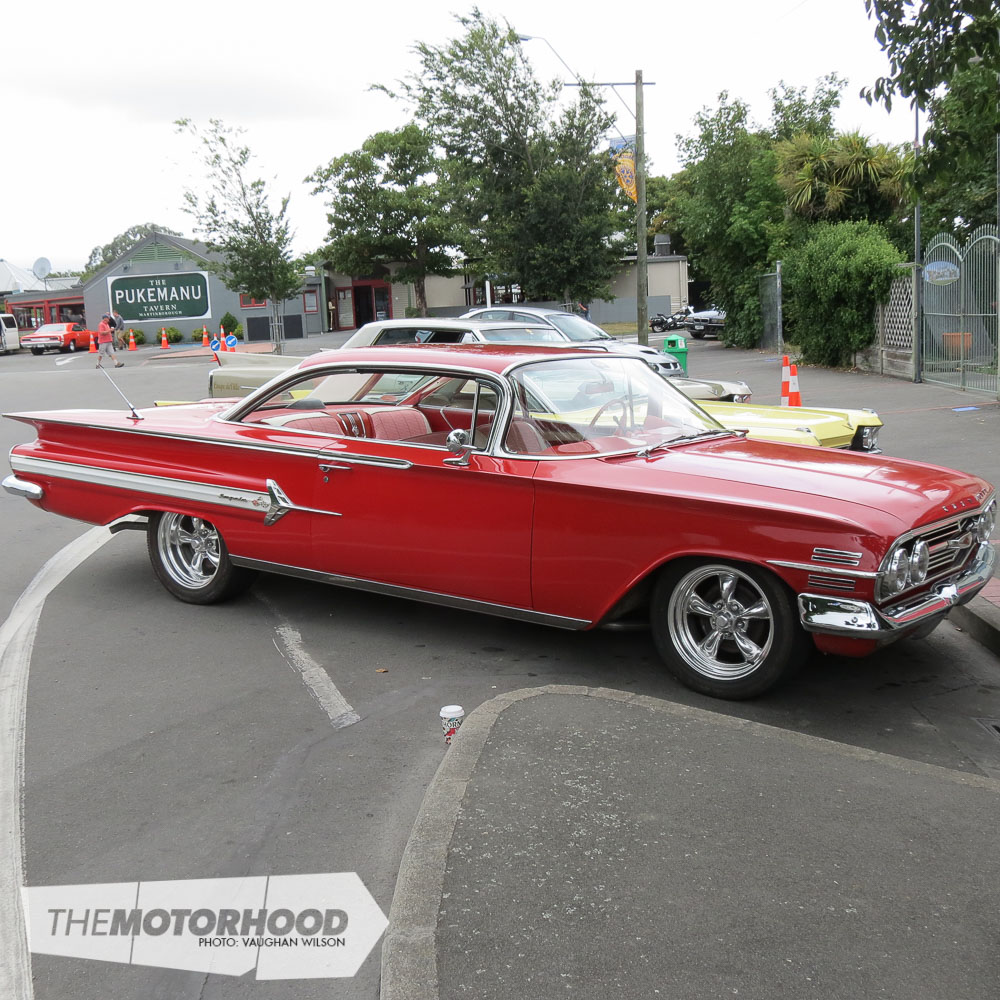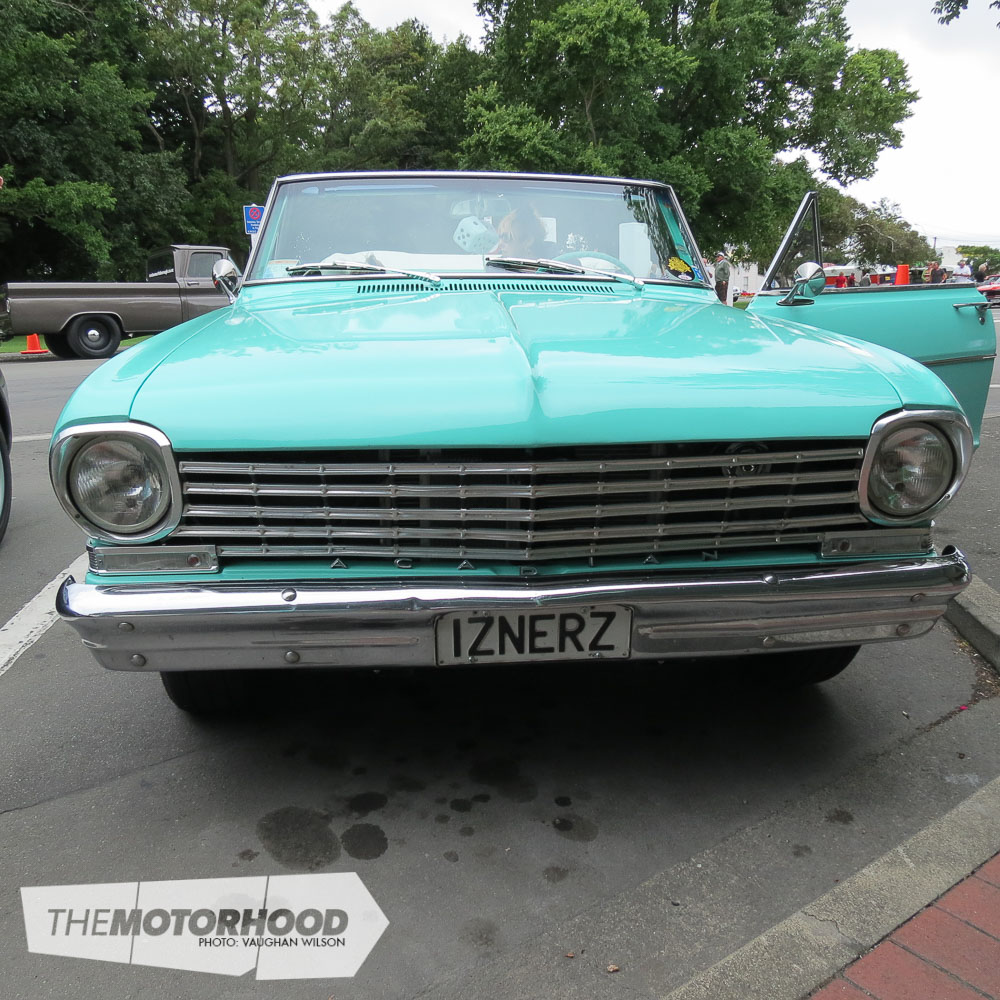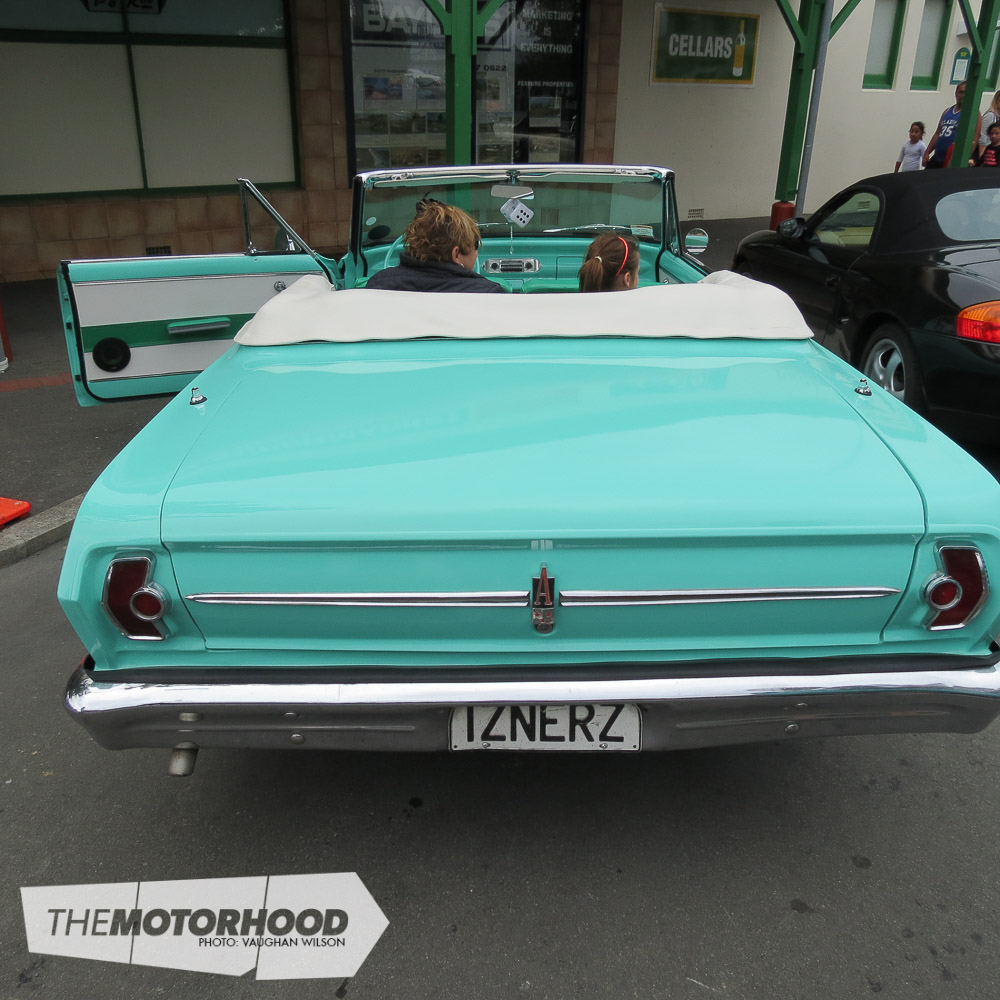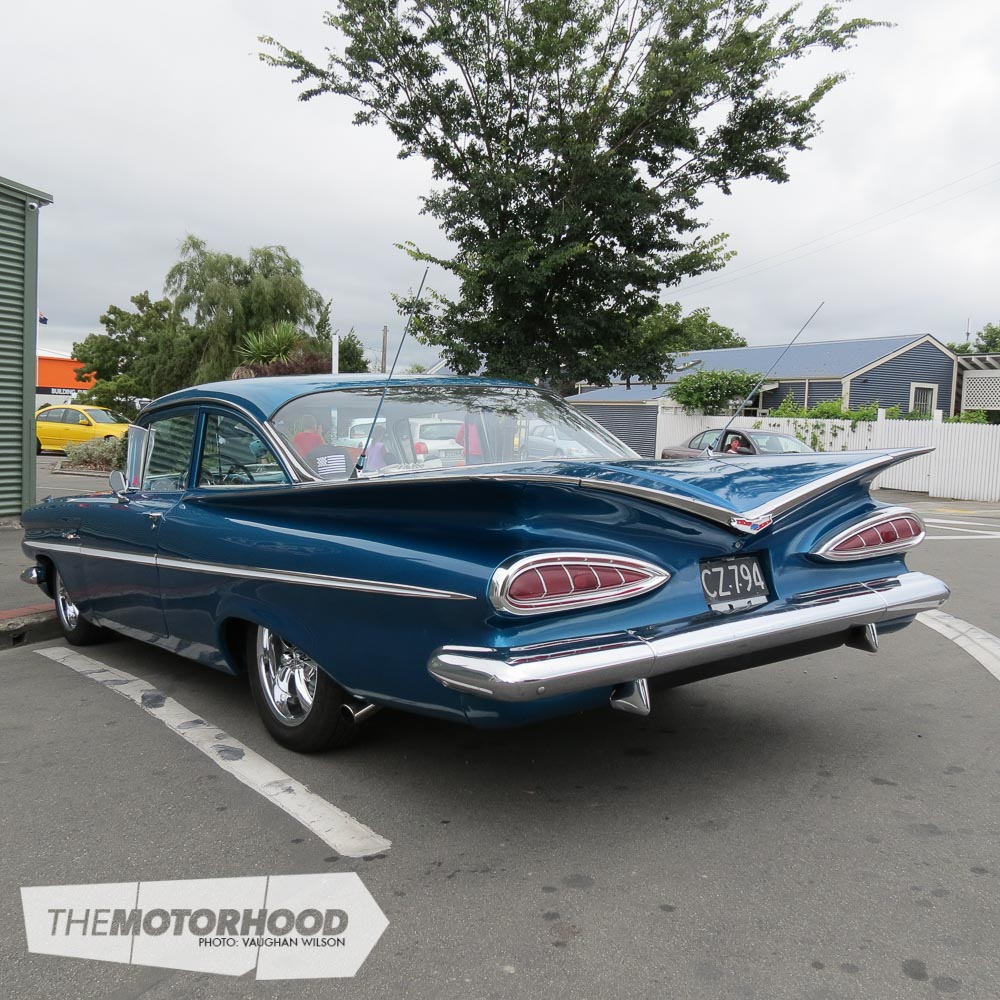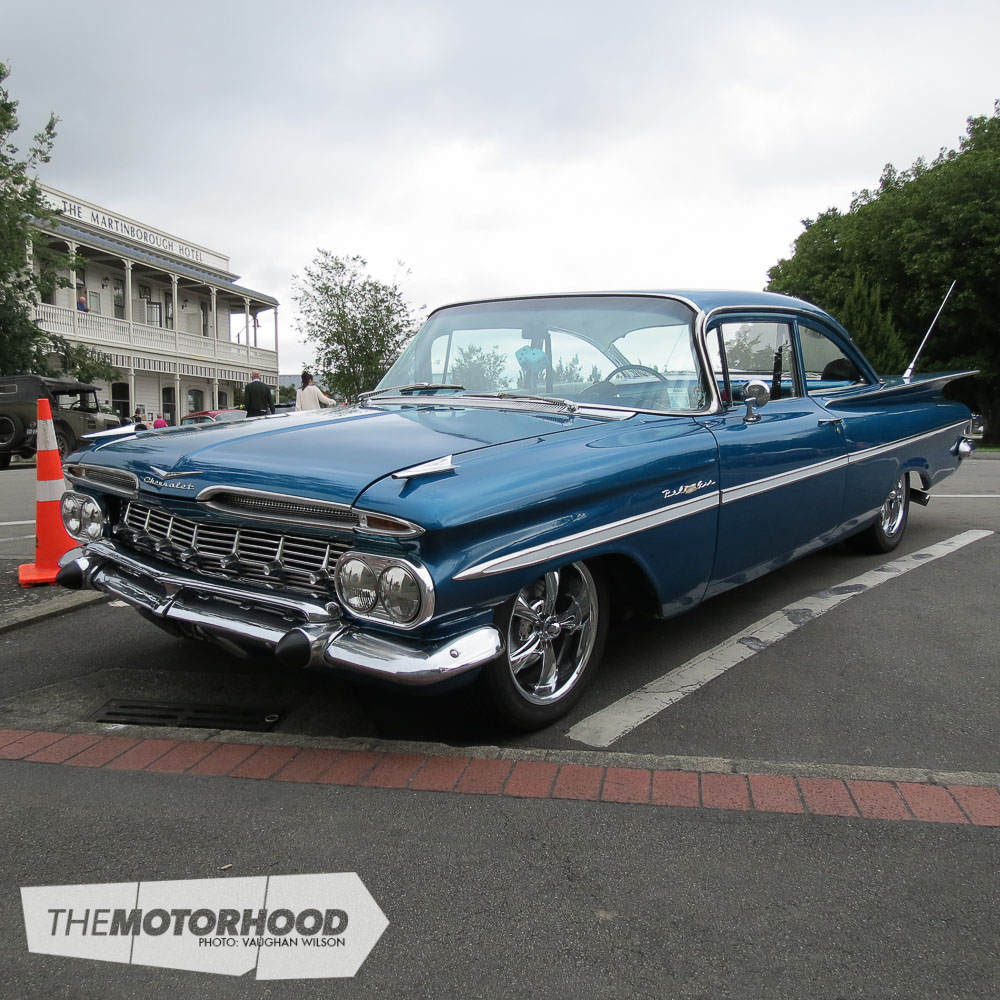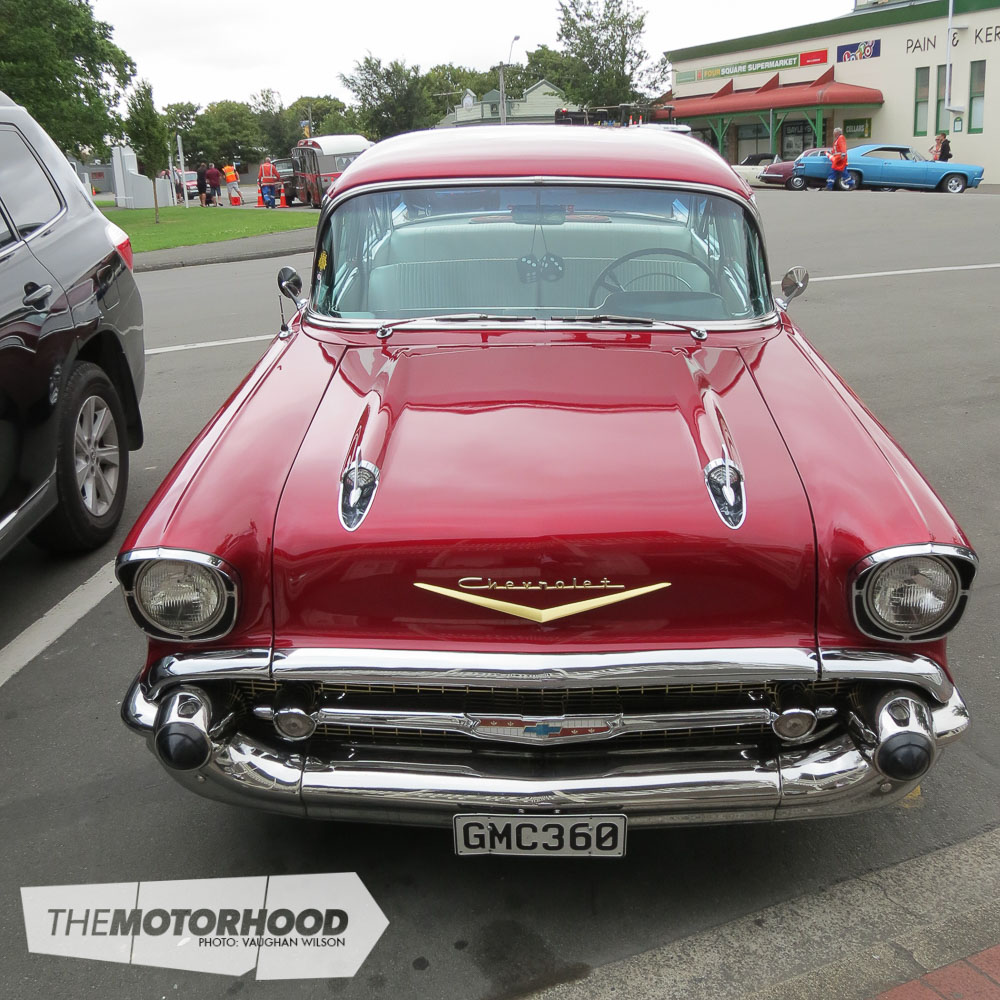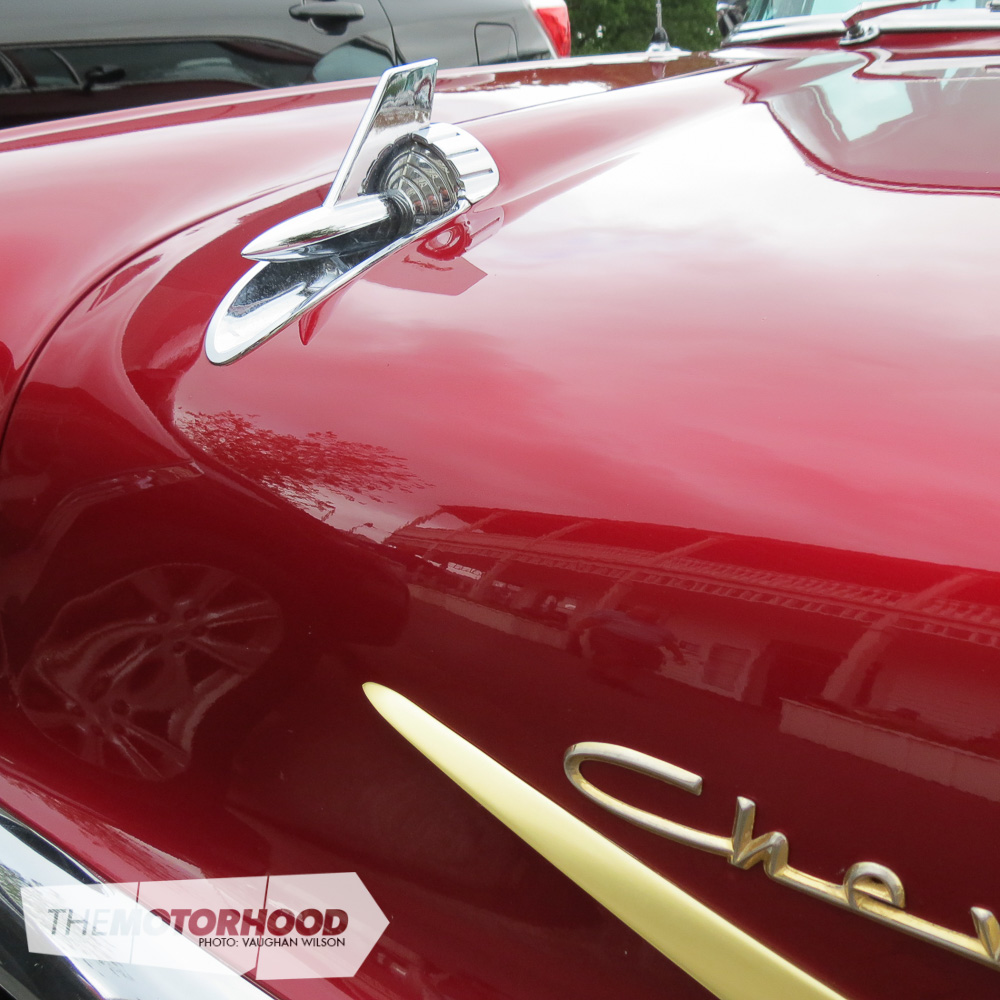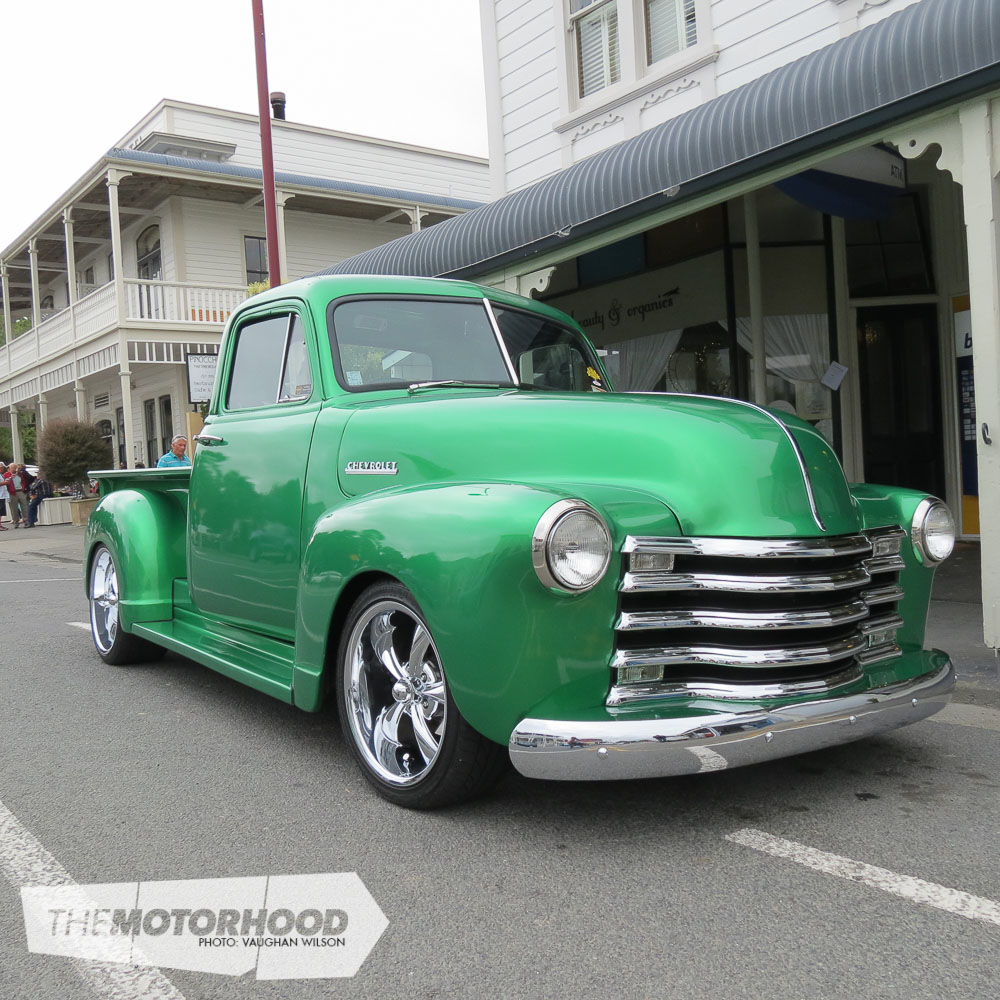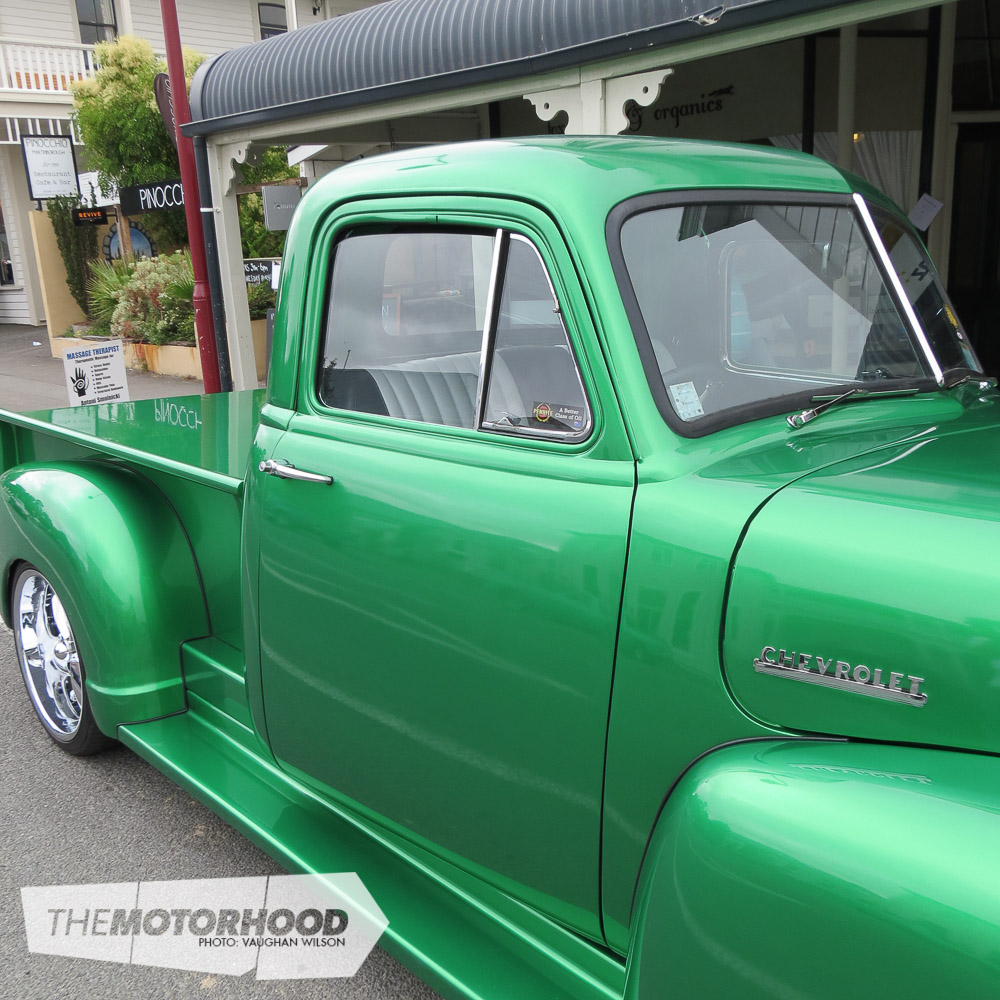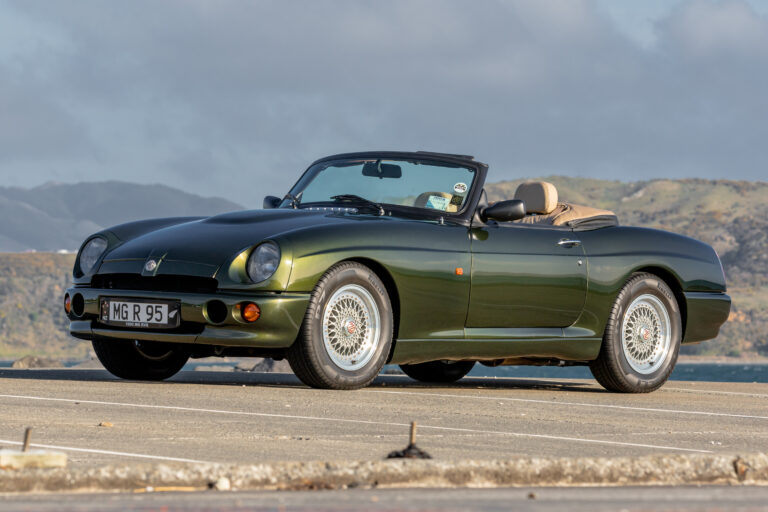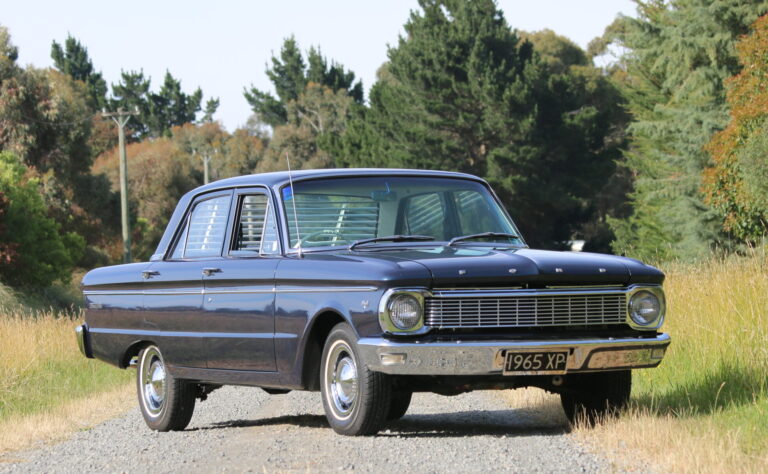I spent the first Saturday in February blowing cobwebs out of my Shelby and straightening the curves of the Rimutakas to head to the main day of Cruise Martinborough. If you have not been to Martinborough before, it is a turn-of-the-century small town, created by a bloke called John Martin who named most of the streets after places that he had visited around the world, such as Dublin, Naples, and Texas. The centre is a large square that you travel around clockwise only — almost like a roundabout, but square. Looking from space all the streets come off the square at either 45 or 90 degrees, making the town the shape of the Union Jack flag. It was here in the square that the Cruise Martinborough event organizers had done a magnificent job, shutting off vehicular access and allowing only entered vehicles to roam around free like bison on the prairie, or simply park up and enjoy the sun.
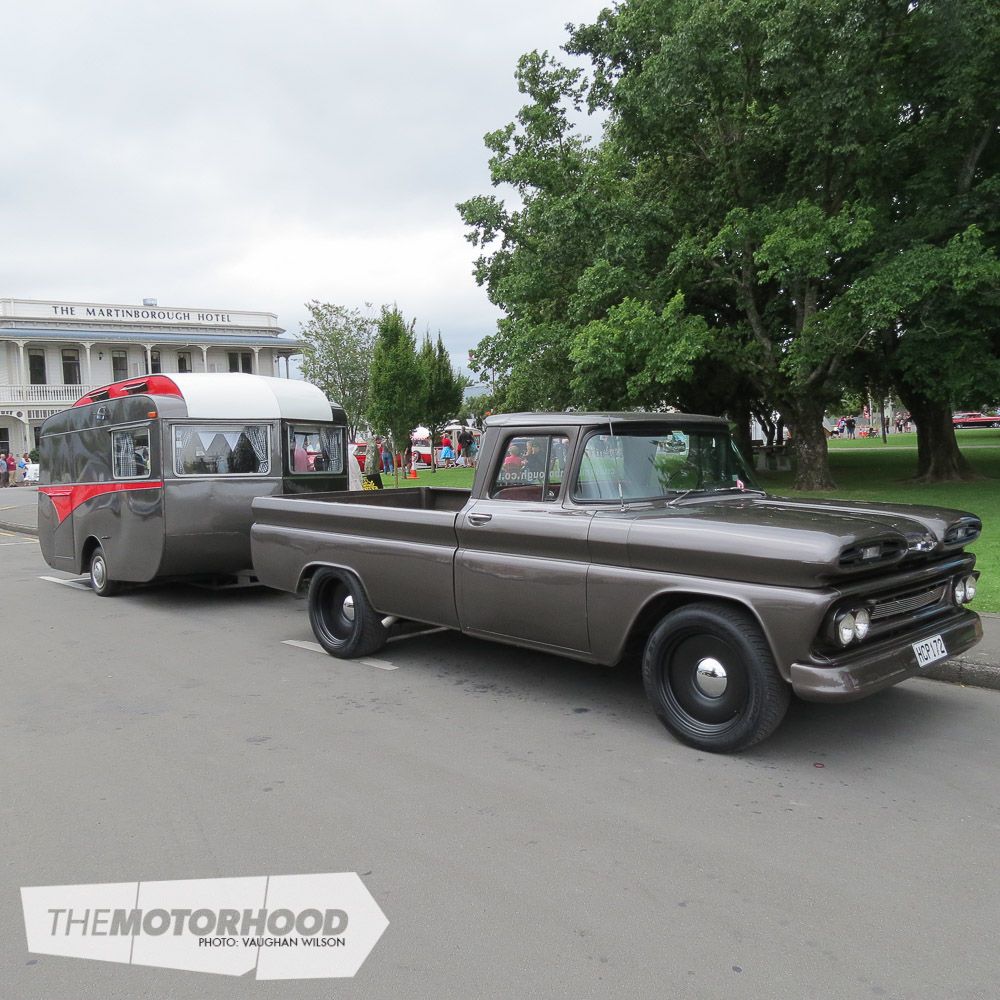
I loved strolling around, feasting on all sorts of wholesome and not so wholesome foods while admiring the chrome and gleam of a range of cars. There were lots of Camaros, Tri 5s, Mustangs, and Corvettes, but it was the unusual that caught my eye. I walked amongst a 1960s Chevy Acadian (a Canadian Chevy Nova), 1948 Chevy truck, a ’73 Barracuda, and a 2004 Chevy SSR, plus plenty more. Also on display were lots of old and new (but all retro-looking) caravans in funky slipstream shapes and, in some cases, milkshake colours. They were pulled by classics such as a ’63 T-Bird and a ’57 Chev. The caravans gave the display a Kiwiana theme and in some ways harked back to a simpler life when fuel was cheap, and travelling was more about the journey than the destination.
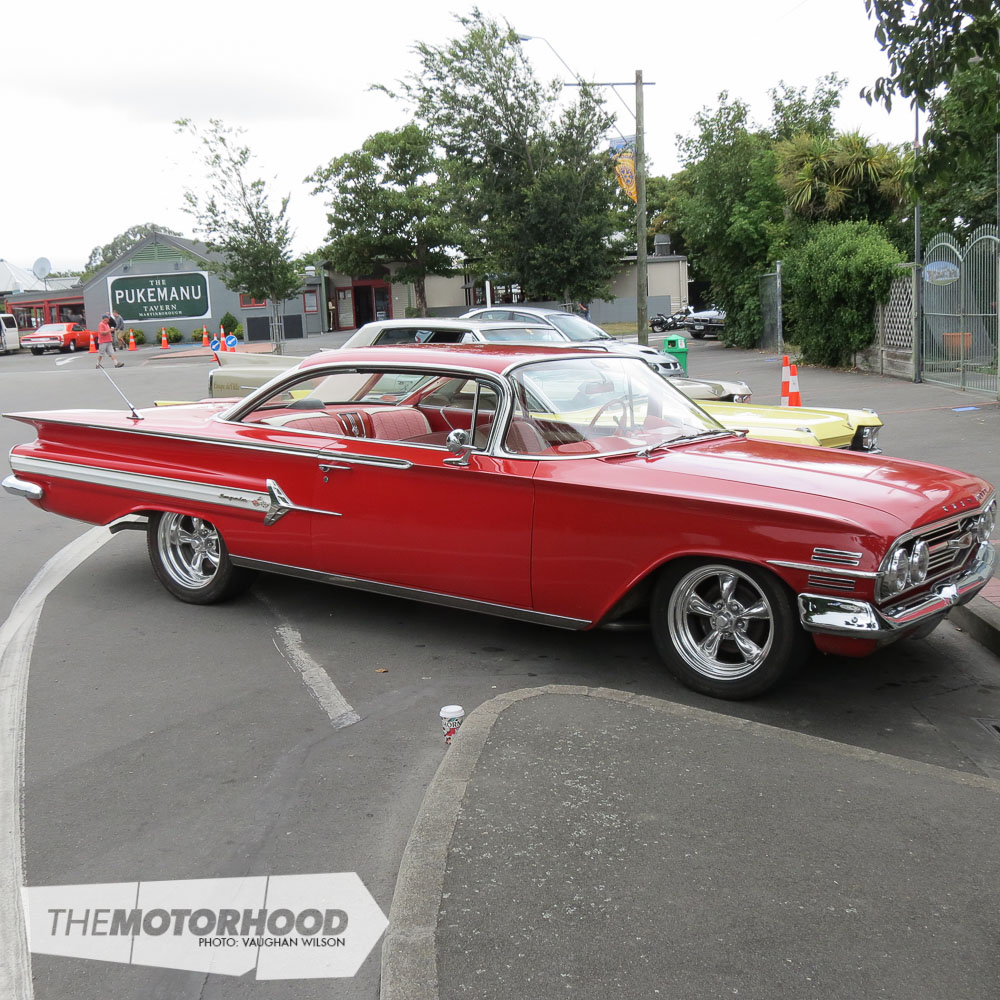
As great as the day was, it’s just one small part of the larger Cruise Martinborough event, and it left me wishing that I’d taken a few days off work, loaded up the car with the family, and taken in the rest of it.
Look out for more in NZV8 Issue No. 131.

